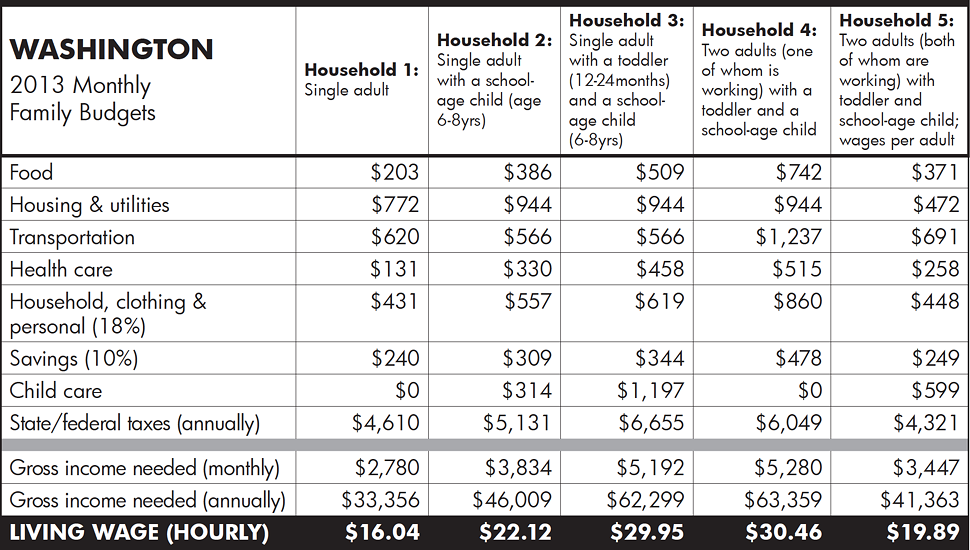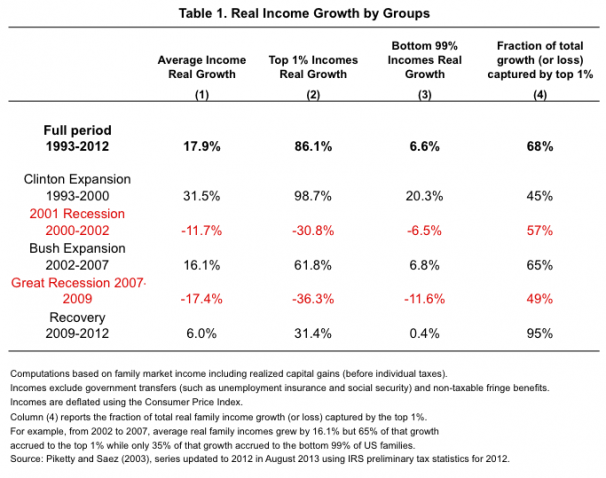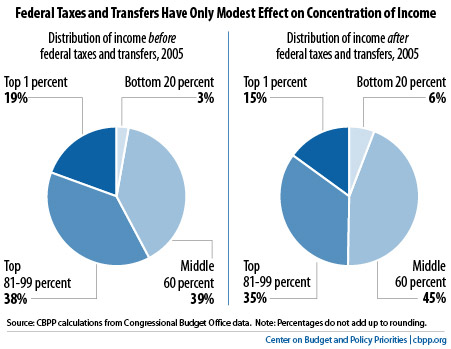ADT created a resource and tool comparing the cost of living across the U.S. The interactive is fun to use. It can be found at: https://www.adt.com/where-our-money-goes
The key is the methodology and they provide a general description, a link to the primary source material, and links to other sources.
Methodology
Many thanks to The Council for Community and Economic Research for letting us explore their data set: the 2018 Cost of Living Index (http://www.coli.org). The Cost of Living Index is designed to measure “relative differences among urban areas in the cost of consumer goods and services appropriate for professional and managerial households in the top income quintile.” For this analysis, we used their data set from Q3 2018.
We analyzed several sections of their data, including the cost of living indexes for transportation, utilities, and groceries in 263 major U.S. metropolitan areas. We also made use of their average price data for coffee, fried chicken (two pieces), pizza, yoga, and movie tickets. Our visualizations only include the highest- and lowest-priced areas for each purchase category. Continue reading




